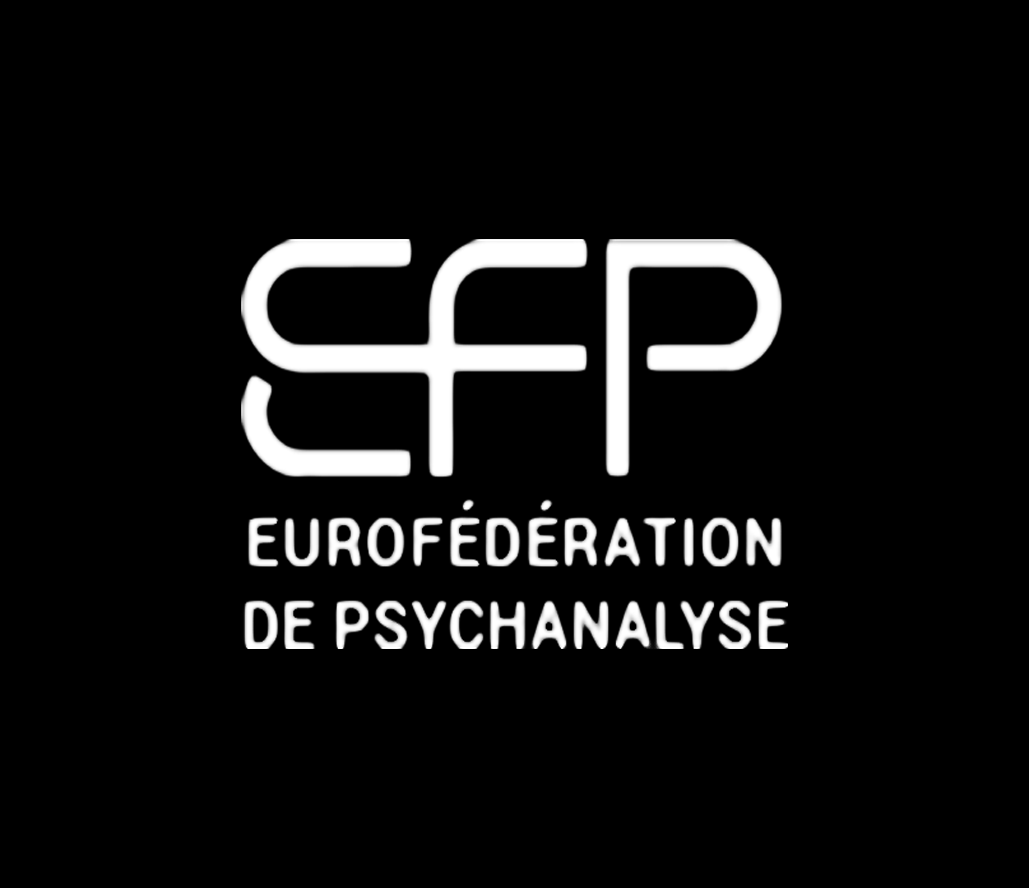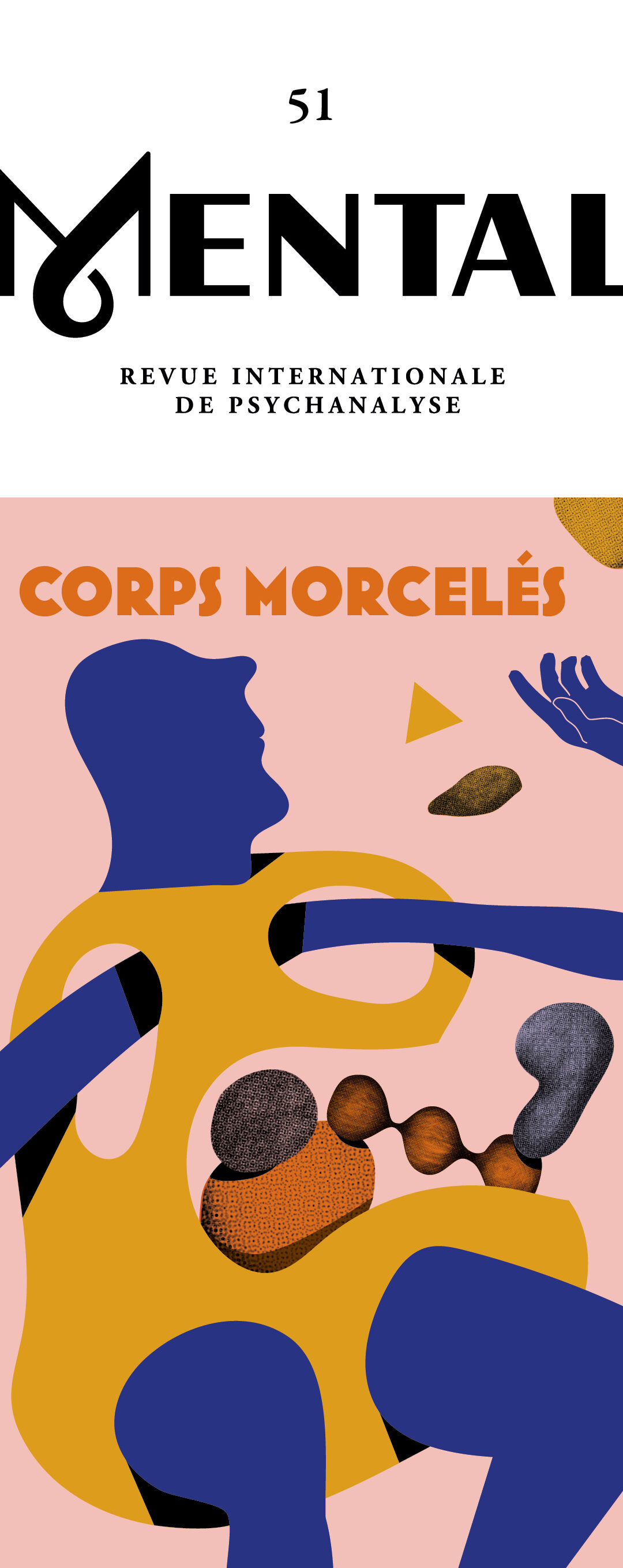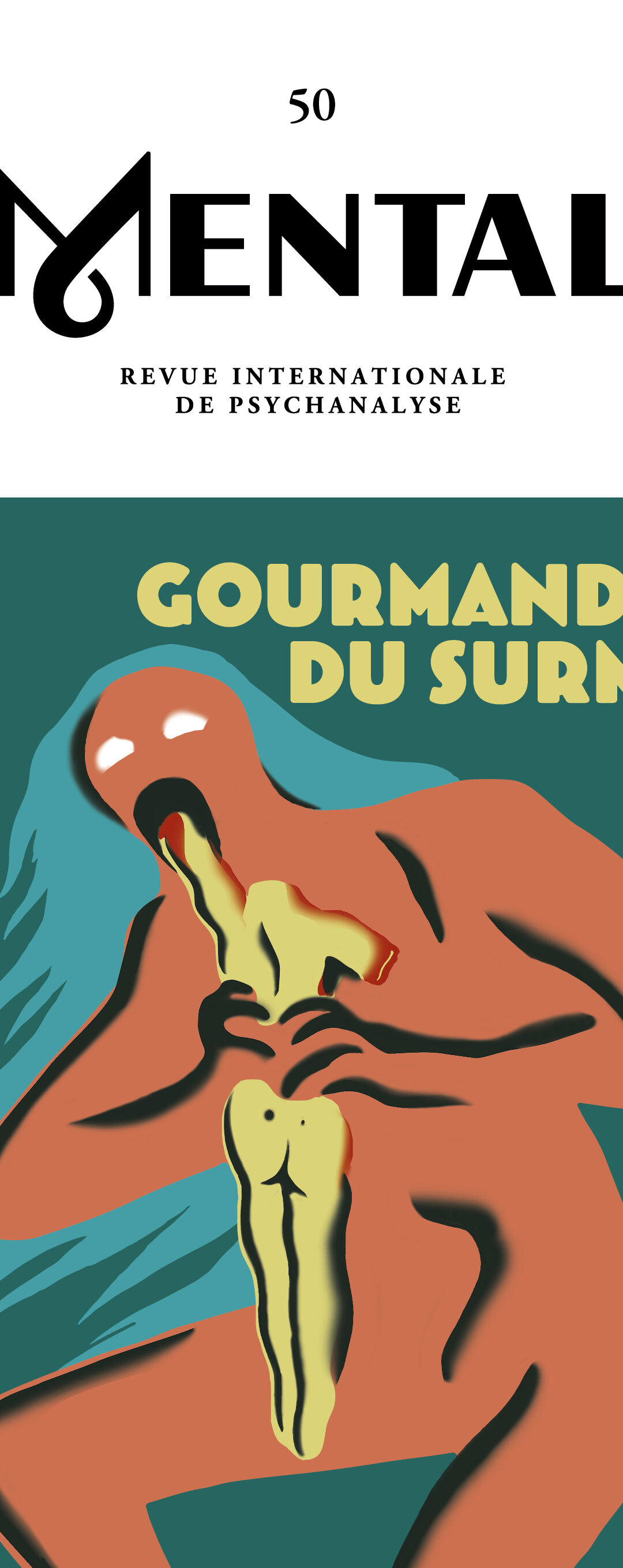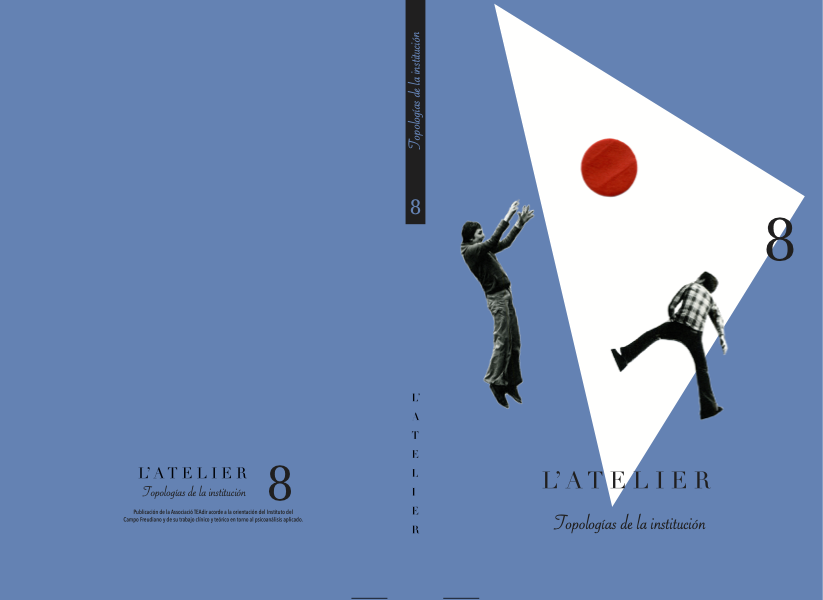Résumé
Pour Lacan, le corps morcelé est la condition primitive du sujet, antérieure à toute unité imaginaire. C’est le langage qui, découpant le corps, en fait un « amas de pièces détachées » et de circuits pulsionnels.
Cependant, les discours fragmentent le corps de manière différente selon les moments de la civilisation. À la Renaissance, l’émergence du discours scientifique, qui ne tient pas compte de la belle forme du corps ou de sa prise dans le signifiant, ouvre à la possibilité d’opérer des dissections sur le réel de l’organisme. Les progrès de la médecine scientifique font aujourd’hui exister un corps toujours plus quantifiable, mesurable, percé à jour par l’imagerie, segmenté par l’hyperspécialisation, réparé voire augmenté par les prothèses. Mais, derrière ce corps objectivé persiste le corps subjectivé, dont le morcellement par le signifiant et la jouissance est pour chacun toujours singulier.
Dans le contexte du déclin des traditions, le corps devient lieu d’inventions originales et multiples. Notre époque est en outre marquée par la prolifération de gadgets connectés aux organes – mais l’angoisse ne manque pas de surgir lorsque le corps ou la technique font défaut. Ce numéro explore ainsi une clinique très contemporaine : corps débordés par l’agitation ou désertés par le désir, corps fatigués ou mis à l’épreuve dans le sport extrême, corps exhibés, corps addicts… Ces symptômes ne peuvent être lus ni traités qu’à la lumière du concept lacanien de jouissance, entendue comme l’effet de la parole sur le corps.
Points forts – Mots clés
Des contributions d’auteurs des différentes Écoles de l’EuroFédération de psychanalyse avec :
- des textes qui démontrent l’effet des discours de la science et du capitalisme sur les corps, entre unité et morcellement.
- des textes qui éclairent, grâce aux concepts analytiques, des phénomènes qui traversent notre époque : hyperactivité, addiction aux écrans, fatigue chronique, recherche de sensations extrêmes.
- deux entretiens : l’un avec David Le Breton, anthropologue et sociologue, qui explore les différentes facettes du corps depuis plus de trente ans, l’autre avec le chirurgien Hugues Pascal-Moussellard, qui témoigne de sa pratique clinique et des effets des nouvelles technologies en médecine.
- une lecture psychanalytique de la façon dont la littérature, le cinéma et le théâtre nous enseignent sur le corps.
Sommaire Mental numéro
51 / Juin 2025
— ÉDITORIAL
Alice Delarue, L’envers de l’image
— EFFETS DES DISCOURS
Éric Laurent, Le corps morcelé par ses organes
Jean-Pierre Deffieux, Partenaire de notre temps
Hervé Castanet, Corps versus machine
Quentin Dumoulin, La machine dérangée
— ENTRETIEN AVEC DAVID LE BRETON
Explorer le corps
— CORPS AGITÉS, CORPS DÉSERTÉS
Dalila Arpin, Tout le monde est fatigué
Mauricio Diament, L’extrême dans le sport
Jean-Marc Josson, Rompre avec le corps
Andrea Orabona, L’éveil – De l’excès à la duperie
Sarah Abitbol, J’appartiens à mon corps
Sarah Camous-Marquis, Nouveaux symptômes dans les services de médecine
— DÉNOUAGES
Anne Colombel-Plouzennec, Mobiliser le vivant
Ariane Fournier, Transfert d’appareil
Carlo De Panfilis, Pour une clinique du corps qui échappe
Élise Etchamendy, Êtres de parole dans des corps cabossés
— ENTRETIEN AVEC HUGUES PASCAL-MOUSSELLARD
Un superbe geste
— FAIRE ŒUVRE DU CORPS
Claudia González, Le corps et l’écriture dans le dernier Pasolini
Esperanza Molleda, Le corps qui fait
Guy Briole, Impossible d’escaboter
— CORPS ANALYSANTS
Neus Carbonell, Être averti de sa méconnaissance
Dossia Avdelidi, La véritable cause de la réalité psychique
— CAS CLINIQUES
Philippe Hellebois, Les deux corps de Monsieur N.
Marina Frangiadaki, La livre de chair
Rocío Cid, Du No sé au No-Sí
— LECTURES
Nelson Hellmanzik, Le sublime et la guenille
Gustavo Freda, L’imprévisible
Carole Niquet, La pauvre créature de la science fait sa révolution
Serena Guttadauro-Landriscini, De la double vie à la seconde mort
Isabelle Orrado, Étrangèreté
Carla Antonucci, Se désincarner : de végétarienne à végétal
Olivia Bellanco, Un reste à dire
Éditorial
L’envers de l’image
Partant d’une intuition clinique de Melanie Klein 1, Lacan fait du corps morcelé la condition primitive du corps du sujet, antérieure à toute unité imaginaire 2. Le morcellement est le contrechamp de la forme unifiée du corps : il apparaît dans les rêves et fantasmes, se lit dans le découpage des symptômes hystériques, se décèle en creux dans les fortifications à la Vauban de l’obsessionnel, surgit à ciel ouvert dans la schizophrénie. Si la théorie kleinienne le lie à l’action des pulsions archaïques, il est, pour Lacan, l’effet du signifiant qui introduit une perte, dont les objets pulsionnels sont autant de restes 3.
Le corps est comparable à un « amas de pièces détachées 4 », dont certaines sont élevées à la dignité du signifiant – le phallus en étant l’exemple le plus éminent. JacquesAlain Miller souligne qu’à côté de cette signifiantisation du corps, la fin de l’enseignement de Lacan met l’accent sur la corporisation du signifiant, qui produit des effets d’affect et de jouissance, découpant le corps de l’être parlant 5. Cette corporisation, ajoute-t-il, est susceptible d’illustrations anthropologiques, comme les marques et mutilations rituelles, tandis qu’à l’heure du déclin des traditions, la corporisation contemporaine est plutôt le siège d’inventions originales et multiples, « qui tendent à répondre à la question “que faire de son corps ?” 6 »
Si l’on se situe au niveau des discours, il est évident que les signifiants fragmentent le corps de manière différente selon les moments de la civilisation. L’anthropologue David Le Breton, dont vous lirez l’entretien dans ce numéro de Mental, souligne que dans la tradition chrétienne, l’idée du dualisme entre l’âme et le corps était néanmoins doublée d’une indivision, ce qui maintenait un interdit majeur sur l’ouverture des corps – jusqu’à ce que quelque chose se modifie suffisamment dans les discours pour que les premiers anatomistes s’autorisent à passer outre. La science, parce qu’elle ne s’arrête pas à l’image de la belle forme du corps, ou à sa prise dans le signifiant, ouvre à la possibilité d’opérer sur le réel de l’organisme 7.
Depuis, les progrès de la médecine scientifique font exister un corps toujours plus quantifiable, mesurable, un corps percé à jour par l’imagerie, segmenté par l’hyperspécialisation, réparé voire augmenté par les prothèses. Mais, derrière ce corps objectivé – qui correspond à ce que Descartes conceptualisait comme l’étendue 8 –, persiste le corps subjectivé, dont le morcellement par le signifiant et la jouissance est pour chacun toujours singulier. L’entretien avec le chirurgien Hugues Pascal-Moussellard nous montre comment le médecin doit savoir faire avec les paradoxes qui se situent entre ces deux corps, en invitant, par exemple, le patient à nommer sa souffrance et sa demande avec ses propres mots, là où beaucoup tendent à se ranger sous des diagnostics figés.
Le discours de la science a introduit dans notre monde des progrès techniques et d’innombrables gadgets qui se branchent sur les organes, notamment perceptifs. La civilisation promet une augmentation du corps mais, comme l’indique Éric Laurent, cette amplification devient elle aussi « un mode de morcellement lorsque l’organe supplémentaire fait défaut ou lorsque le corps vient à manquer à la machine, empêché ou bloqué par des embarras 9 ». Alors, l’angoisse ne manque pas de surgir, signant que le corps humain échouera toujours à faire couple avec la machine.
« Le corps des parlants est sujet à se diviser de ses organes, assez pour avoir à leur trouver fonction 10 », énonce Lacan dans « L’étourdit ». Quand on se situe au niveau du corps vrai, affecté par le langage, la fonction des organes peut en effet se perdre « dans un excès d’émois 11 ». Ce numéro explore ainsi une clinique très actuelle : corps débordés par l’agitation ou désertés par le désir, corps fatigués ou mis à l’épreuve dans le sport extrême, corps exhibés, corps addicts… Ces symptômes ne peuvent être lus ni traités qu’à la lumière de la jouissance, corrélative du criblage 12 du corps par le signifiant. L’enjeu d’une analyse est dès lors que le sujet puisse s’en faire responsable, sans chercher à en recoller tous les morceaux.
Alice Delarue




